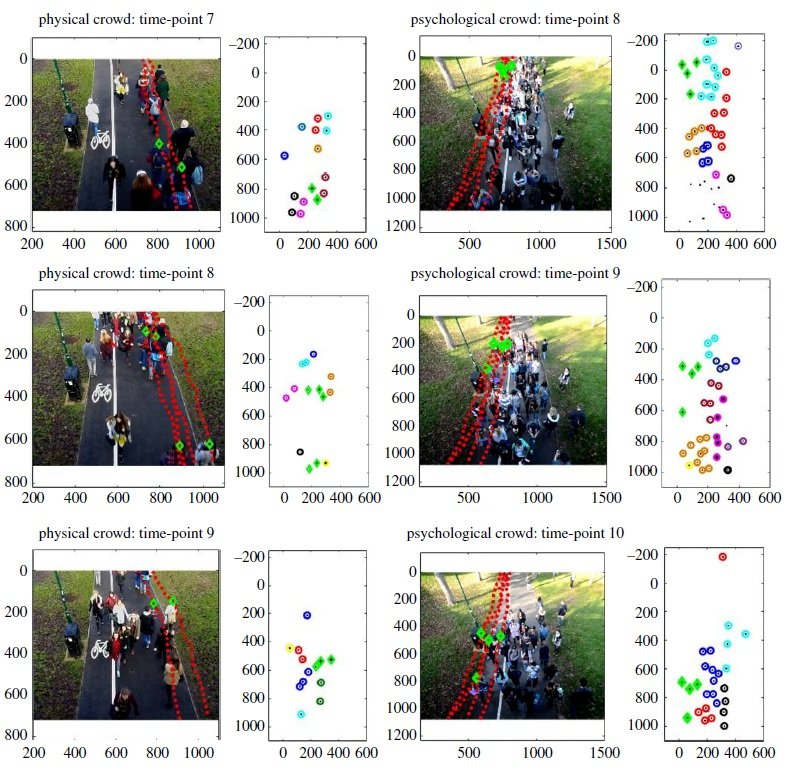Agent-based models are used to simulate collective behaviour for safety at crowd events and in crowded locations. However, until recently these models were based on outdated assumptions of collective behaviour or theories that could not explain how collective behaviour emerges and develops in different context. This research strand aims to incorporate research from the social identity approach into computer models of collective behaviour to improve the accuracy of simulations used for safety planning. This involves incorporating principles of social identity theory and self-categorisation theory into models to simulate group dynamics, and evaluating the accuracy of models by comparing the simulation outputs against results of empirical research from crowd psychology.
This research area was initially funded by the EPSRC for Anne’s PhD project ‘Physical crowds and psychological crowds: Applying self-categorization theory to computer simulation of collective behaviour’ (funding awarded to supervisors Prof John Drury and Prof Andrew Philippides). Later, this research area led to ongoing collaborations with researchers at the Munich University of Applied Sciences led by Prof Gerta Koster, and the formation of the Social Identity in Agent-based Models (SIAM) group led by Dr Nanda Wijermans and Dr Geeske Scholz.
Modelling Collective Behaviour
The news about the benefits the social identity approach and agent-based modelling offer one another quickly spread and has led to collaborations with industry stakeholders in pedestrian modelling and event safety, UK government to better understand emergency response, and researchers in crowd modelling across the EU.
The work in this strand is currently being funded by the UKRI Future Leaders Fellowship for the project ‘Simulating the impact of first responder communication strategies on citizen adherence in emergencies’.
Our latest outputs:
Amos, M., Gainer, P., Gwynne, S. & Templeton, A. (2024). A dynamic state-based model of crowds. Safety Science, 175, e106522. https://doi.org/10.1016/j.ssci.2024.106522
Spearpoint, M., Arnott, M., Xie, H., Gwynne, S. & Templeton, A. (2024). Comparative analysis of two evacuation simulation tools when applied to high-rise residential buildings. Safety Science, 175, e106515. https://doi.org/10.1016/j.ssci.2024.106515
Mayr, C., Templeton, A., & C., Köster, G. (2023). Designing mobile application messages to impact route choice: A survey and simulation study. PLoS One, 18(4), e0284540. https://doi.org/10.1371/journal.pone.0284540

